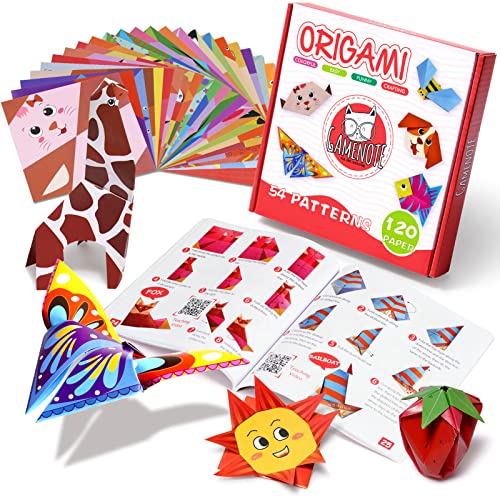
Origami, the art of paper folding, can be a powerful tool for engaging students in arithmetic within after school clubs. This article explores seven ingenious ways to make arithmetic fun through origami techniques.
From exploring numbers and operations to mastering proportions and ratios, students can apply mathematical principles while creating intricate origami designs.
By incorporating hands-on origami activities, this approach enhances math skills and fosters a sense of freedom and creativity in learning.
Discover how origami can transform arithmetic into an enjoyable and educational experience.
Exploring Numbers and Operations Through Origami
Origami offers a hands-on approach to exploring and understanding numbers and operations. By folding paper, students can visually and physically engage with mathematical concepts.
One way origami can be used to explore numbers is by creating patterns and exploring symmetry. Folding a piece of paper in half or thirds can demonstrate the concept of fractions and help students understand how different fractions relate to each other.
Origami models can also be used to teach addition, subtraction, multiplication, and division. For example, by folding multiple identical units and joining them together, students can explore multiplication as repeated addition.
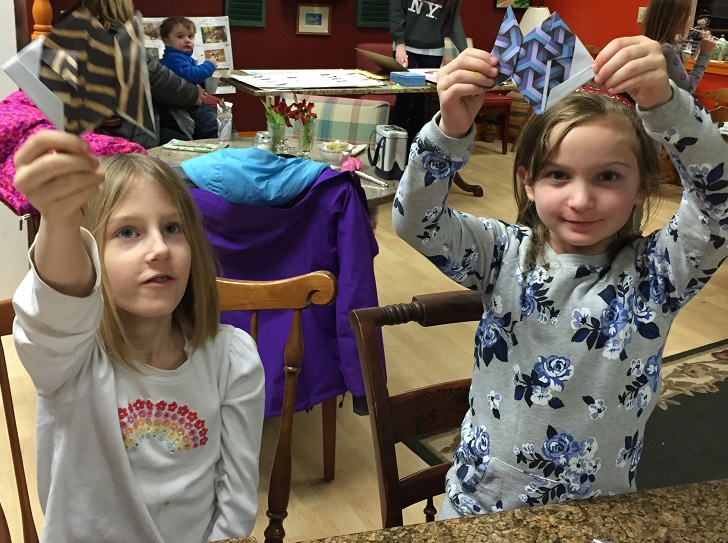
Origami provides a unique and interactive way for students to grasp mathematical concepts, making arithmetic more enjoyable and accessible for all learners.
Unfolding Geometric Concepts With Origami
Exploring geometric concepts while unfolding paper can provide a hands-on experience for students in understanding the principles of geometry. Origami, the ancient Japanese art of paper folding, offers a unique way to engage students in geometric artistry and spatial reasoning development.
Through origami, students can create various shapes and structures, such as polygons, polyhedra, and fractals, by manipulating paper folds. This tactile experience allows students to visualize and manipulate geometric concepts, enhancing their understanding of angles, symmetry, and spatial relationships.
Mastering Proportions and Ratios With Origami
Ratio Analysis Using Origami Techniques
Mastering proportions and ratios with origami is an innovative and engaging way to develop mathematical skills. By understanding scale and proportion through paper folding, students can grasp complex concepts with ease.
Here are three reasons why using origami for ratio analysis is both effective and enjoyable:
Hands-on Learning: Origami provides a tangible and interactive experience, allowing students to physically manipulate shapes and sizes. This hands-on approach enhances comprehension and retention of ratio concepts.
Visual Representation: Origami models serve as visual representations of ratios and proportions. Students can observe the relationship between different folds and understand how changes in scale affect the overall design.
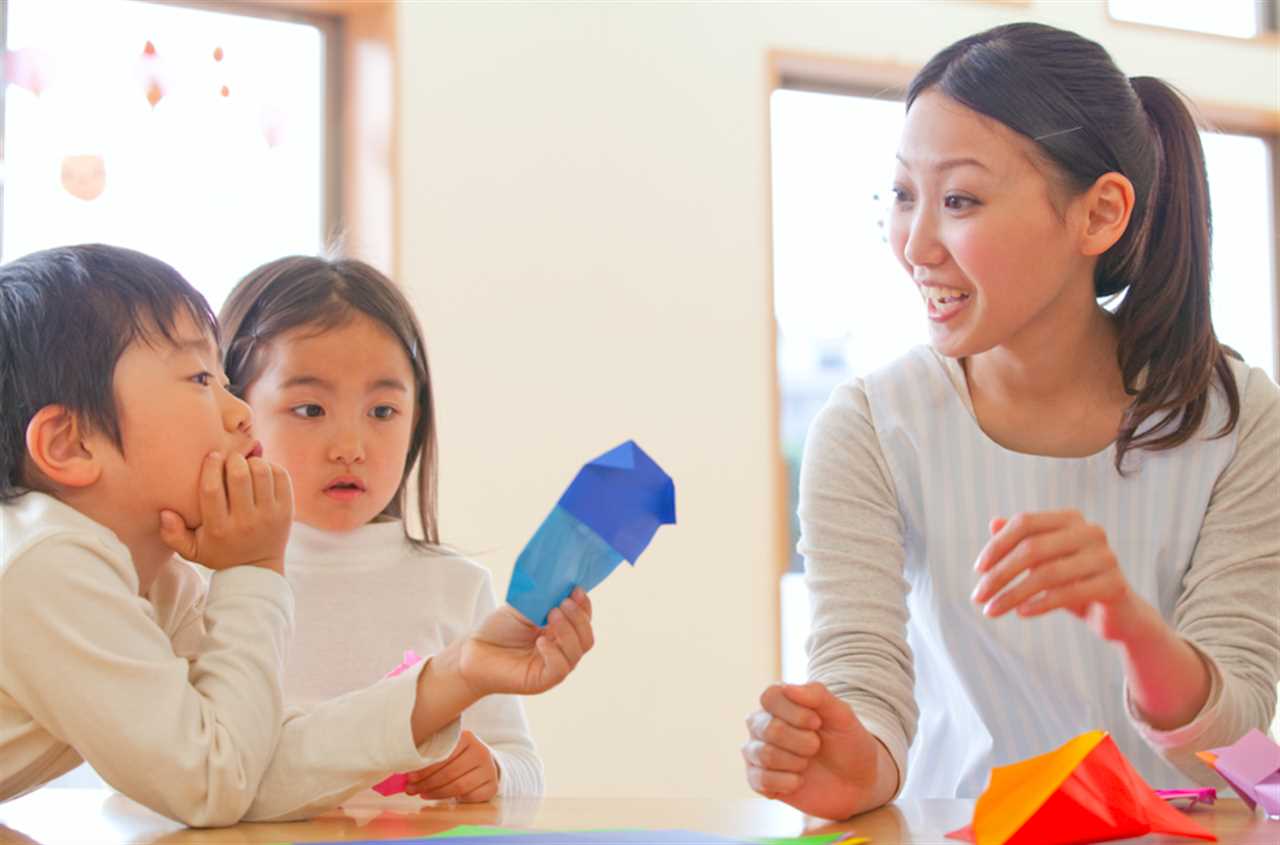
Creative Problem Solving: Origami encourages creative thinking and problem-solving skills. Students can experiment with different folds and proportions, exploring various solutions to mathematical challenges.
Solving Math Problems With Origami Techniques
Students' problem-solving skills can be enhanced by incorporating origami techniques into math exercises. Origami, the art of paper folding, can be utilized to teach algebra and enhance problem-solving abilities. By incorporating origami into word problems, students can visualize mathematical concepts and apply them in a practical and engaging manner.
For example, students can use origami to understand and solve equations involving variables. They can fold paper shapes to represent unknown quantities and manipulate them to find solutions. This hands-on approach allows students to grasp abstract concepts more easily and develop a deeper understanding of algebraic principles.
Additionally, origami can be used to create visual representations of word problems. By folding paper to represent different objects or quantities, students can better visualize the problem and devise appropriate strategies for solving it. This helps to bridge the gap between abstract mathematical concepts and real-world applications.
Incorporating origami techniques into math exercises not only makes learning more enjoyable but also enhances critical thinking skills and problem-solving abilities. It allows students to approach math problems from a different perspective and encourages creativity and innovation in their problem-solving strategies.
Applying Mathematical Principles to Origami Creations
By incorporating mathematical principles into the folding techniques of origami, fascinating creations can be made while reinforcing mathematical concepts. Applying geometric principles to origami allows students to visualize mathematical concepts in a tangible and interactive way.
Here are three ways in which mathematical principles can be applied to origami creations:
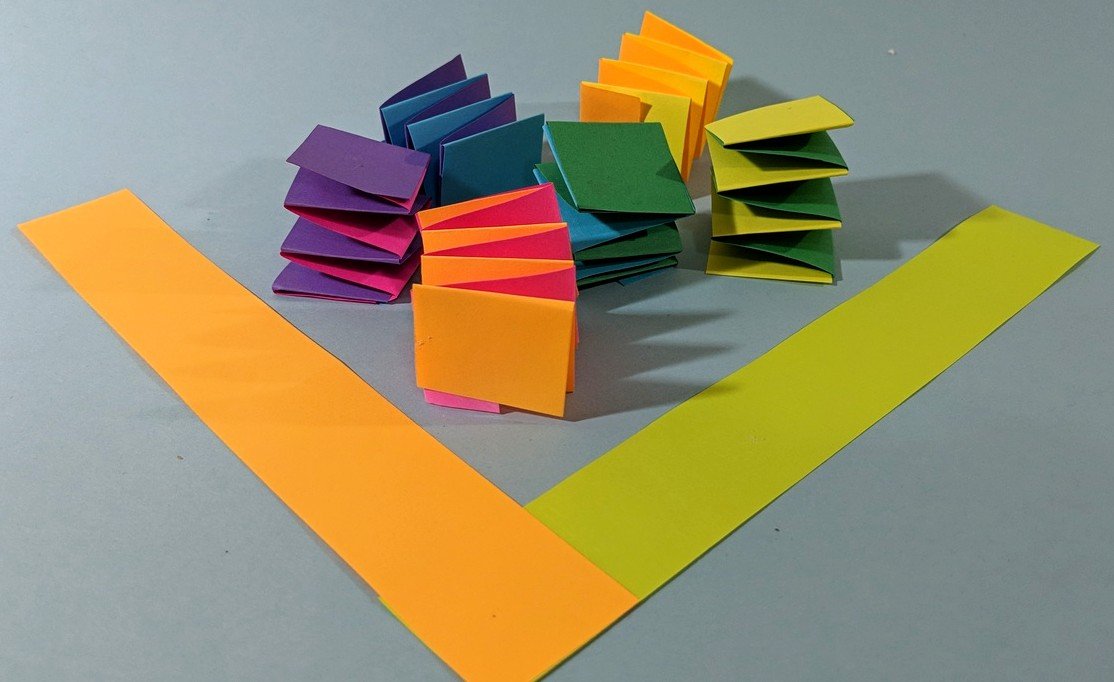
Symmetry: Origami often involves folding paper in halves or thirds to create symmetrical shapes. This helps students understand concepts such as line symmetry and rotational symmetry.
Proportions: Origami requires precise measurements and calculations to create accurate folds and shapes. Students can practice concepts like ratios and proportions while creating origami models.
Geometry: Origami is a great tool for teaching geometric concepts such as angles, polygons, and congruence. Students can explore these concepts by folding different shapes and manipulating the paper.
Engaging in Origami-Based Math Challenges
Engaging in origami-based math challenges provides students with a unique and interactive way to apply problem-solving skills.
Through the art of paper folding, students can explore concepts such as geometry, measurement, and symmetry.
Origami for Problem-Solving
Origami provides a variety of engaging math challenges for students to solve. By incorporating origami into problem-solving activities, students can develop critical thinking skills and enhance their spatial reasoning abilities.
Here are three ways origami can be used to foster problem-solving skills:
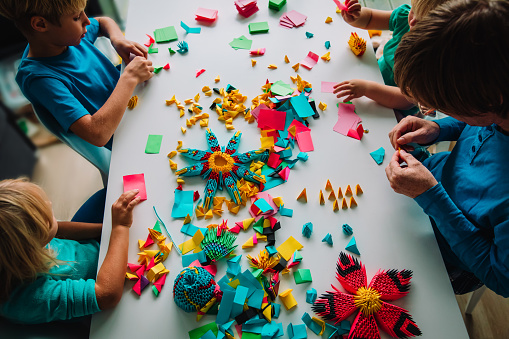
Geometric problem-solving: Origami involves folding paper into various shapes, allowing students to explore geometric concepts such as symmetry, angles, and proportions. They can use origami to solve problems related to measuring angles, calculating areas and volumes, and understanding geometric transformations.
Logical reasoning: Origami challenges often require students to follow a series of folding instructions and make logical deductions to create the desired shape. This promotes logical reasoning skills, as students must analyze patterns, make connections, and think step-by-step to achieve the desired outcome.
Creative problem-solving: Origami encourages students to think outside the box and find innovative solutions. They can experiment with different folding techniques, adapt existing patterns to create new designs, and solve problems by using their imagination and creativity.
Math Through Paper Folding
While exploring the art of origami, students can engage in math challenges that involve paper folding to enhance their mathematical skills. Origami, with its intricate folds and geometric patterns, provides an excellent opportunity for students to understand and apply various mathematical concepts. Through origami-based math challenges, students can explore concepts such as symmetry, angles, fractions, and spatial reasoning. By folding and manipulating paper, students can visually and kinesthetically grasp these mathematical principles, making learning more engaging and hands-on.
Origami serves as a tool for math education by offering a unique and interactive way to teach and reinforce mathematical concepts. It allows students to apply their knowledge in a practical and creative manner, leading to a deeper understanding of mathematical principles. Moreover, origami-based math challenges promote critical thinking, problem-solving skills, and perseverance, as students navigate through complex folding sequences and analyze the mathematical patterns that emerge.
Incorporating origami into math education not only makes learning enjoyable but also helps students develop a stronger foundation in mathematics. By using origami as a tool, educators can foster a love for math and inspire students to explore the beauty of mathematical concepts through the art of paper folding.
Learning Math Playfully
By incorporating origami-based math challenges, students can learn math playfully in the after school club. Learning math through play is an effective way to engage students and make the subject more enjoyable.
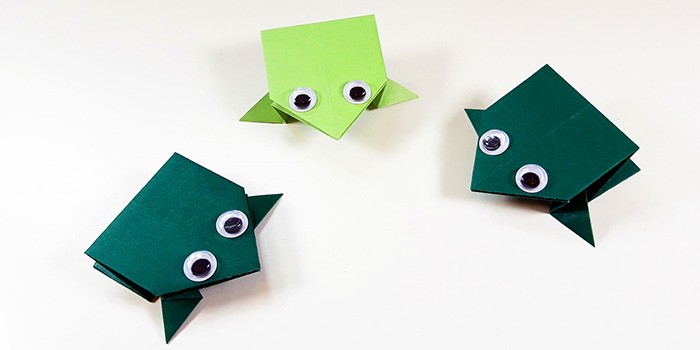
Here are three reasons why incorporating origami in math lessons can be beneficial:
Hands-on learning: Origami involves folding paper and manipulating shapes, which helps students visualize mathematical concepts such as geometry and spatial reasoning.
Problem-solving skills: Origami-based math challenges require students to think critically and find solutions to complex problems. This enhances their problem-solving skills and encourages them to approach math with a creative mindset.
Motivation and engagement: Learning math playfully through origami can motivate students to actively participate in the learning process. The hands-on nature of origami makes math more tangible and relatable, leading to increased engagement and understanding.
Incorporating origami in math lessons not only makes learning math more enjoyable but also helps students develop important skills that go beyond the subject itself.
Enhancing Math Skills Through Hands-On Origami Activities
One can enhance their math skills through engaging in hands-on origami activities. Hands-on learning is a powerful tool in education, allowing students to actively participate in the learning process and deepen their understanding of mathematical concepts.
Origami, the art of folding paper, provides a creative and interactive platform for students to apply mathematical principles in a practical way. Through origami, students develop spatial awareness, geometric reasoning, and problem-solving skills. They learn about symmetry, angles, and proportions while manipulating paper to create intricate designs.
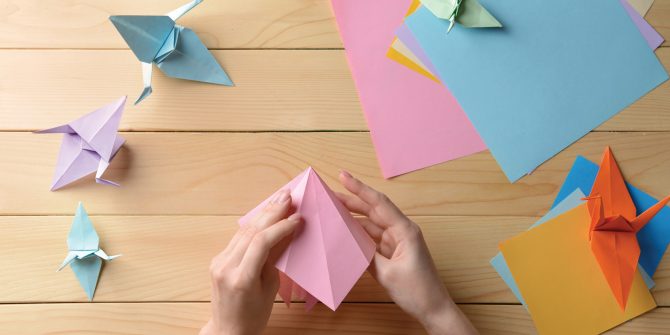
The hands-on nature of origami engages students' senses and fosters their creativity, making math more enjoyable and accessible. By incorporating origami into math lessons or after-school clubs, educators can inspire students to explore math through a fun and interactive medium, ultimately enhancing their math skills and fostering a love for learning.
Frequently Asked Questions
What Are Some Other Benefits of Using Origami in After School Club Activities?
Using origami in after school club activities has various benefits. It promotes creativity and helps improve fine motor skills. These activities provide an outlet for self-expression and encourage problem-solving, fostering a sense of accomplishment and pride in the students.
Are There Any Specific Age Groups That Can Benefit From Using Origami in Math Learning?
Incorporating origami in math learning can benefit specific age groups by making arithmetic fun. By using origami, educators can engage students in different math topics, fostering a deeper understanding and enjoyment of the subject.
Can Origami Be Used to Teach More Advanced Math Concepts Such as Calculus or Statistics?
Origami can be used to teach advanced math concepts in an after school club setting. However, its effectiveness may be limited when it comes to teaching calculus or statistics due to the complex nature of these subjects.
How Can Origami Activities Be Adapted for Students With Different Learning Styles or Abilities?
Differentiating instruction in the after school club can involve adapting origami activities to suit students with different learning styles or abilities. Incorporating multisensory learning techniques can enhance engagement and understanding for all students.
Are There Any Resources or Materials Available to Help Educators Incorporate Origami Into Their Math Curriculum?
There are various resources and materials available to educators to incorporate origami into their math curriculum. Origami can provide numerous benefits in after school club activities, such as enhancing spatial reasoning and promoting problem-solving skills.
 Kids Art ProjectsParty PlanningPaper CraftsOrigami for KidsPrivacy PolicyTerms And Conditions
Kids Art ProjectsParty PlanningPaper CraftsOrigami for KidsPrivacy PolicyTerms And Conditions
